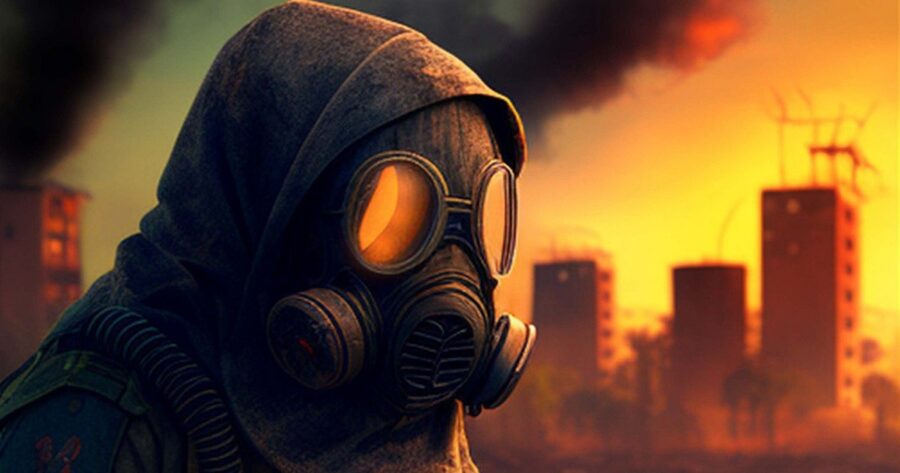On April 26, 1986, the world witnessed one of the most devastating nuclear disasters in history when reactor number four at the Chernobyl Nuclear Power Plant in the former Soviet Union exploded, causing widespread radioactive contamination in the surrounding areas. This year marks the 37th anniversary of the disaster, which has left a lasting impact on the environment and human health.
Chernobyl was a nuclear power plant located in the city of Pripyat, in northern Ukraine, close to the Belarus border. It was the largest nuclear power plant in the Soviet Union, with four reactors in total. The disaster occurred during a safety test in reactor number four, where operators attempted to simulate a power outage to test the plant’s backup systems. However, a combination of design flaws, human error, and a series of technical malfunctions led to a catastrophic explosion, releasing large amounts of radioactive material into the atmosphere.
The explosion caused immediate deaths and injuries among the plant workers, and the radioactive cloud spread over Ukraine, Belarus, Russia, and parts of Europe. The Soviet government initially downplayed the scale of the disaster and delayed evacuation efforts, which led to further exposure of the population to the radioactive fallout. The disaster had long-lasting effects on the environment and human health, with thousands of people suffering from radiation-related illnesses and birth defects.
In the aftermath of the disaster, the Soviet government launched a massive cleanup effort, which included the construction of a concrete sarcophagus around the damaged reactor to contain the remaining radioactive material. However, the sarcophagus was only intended to be a temporary solution and has been deteriorating over the years, posing a risk of radioactive leakage.
Today, the Chernobyl Exclusion Zone, a 30-kilometre radius around the plant, remains largely uninhabited, with only a small number of people living in the area as workers or tourists. The area has become a popular tourist destination in recent years, attracting visitors interested in the exclusion zone’s abandoned buildings and eerie atmosphere.
However, despite the passage of time and the efforts to contain the radioactive material, the effects of the disaster continue to be felt. The area remains highly contaminated, and the long-term health effects of radiation exposure are still being studied. The disaster also had significant economic and political consequences, contributing to the collapse of the Soviet Union and the global shift towards safer nuclear technology.
Chernobyl is not the only nuclear disaster in history, and the lessons learned from it have led to improvements in nuclear safety and disaster response. For example, the Fukushima Daiichi nuclear disaster in Japan in 2011 highlighted the importance of robust safety measures and contingency plans in the face of unexpected events. The disaster occurred after a massive earthquake, and tsunami damaged the Fukushima nuclear power plant, leading to multiple reactor meltdowns and the release of radioactive material.
The disaster resulted in the evacuation of thousands of people and had significant environmental and health consequences. However, the Japanese government and the international community responded quickly to contain the damage and prevent further contamination. The lessons learned from the Fukushima disaster, along with those from Chernobyl and other nuclear accidents, have led to improved safety regulations, emergency preparedness, and risk assessment in the nuclear industry.
The debate over the need for nuclear energy continues to be a contentious issue with valid arguments on both sides. While nuclear energy presents potential risks and concerns related to safety, waste disposal, and proliferation, it also offers significant advantages such as low carbon emissions and a reliable source of energy. Ultimately, the decision to utilize nuclear energy should be based on careful consideration of the associated benefits and drawbacks and a commitment to implementing appropriate safety measures and regulations. As the world continues to grapple with the challenge of meeting increasing energy demands while addressing climate change, nuclear energy will undoubtedly remain a topic of ongoing discussion and scrutiny.









